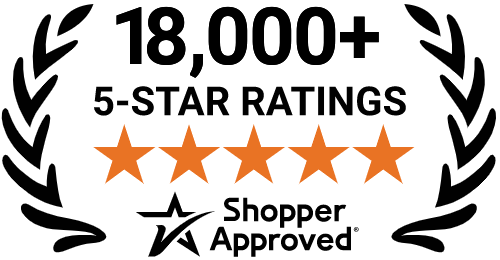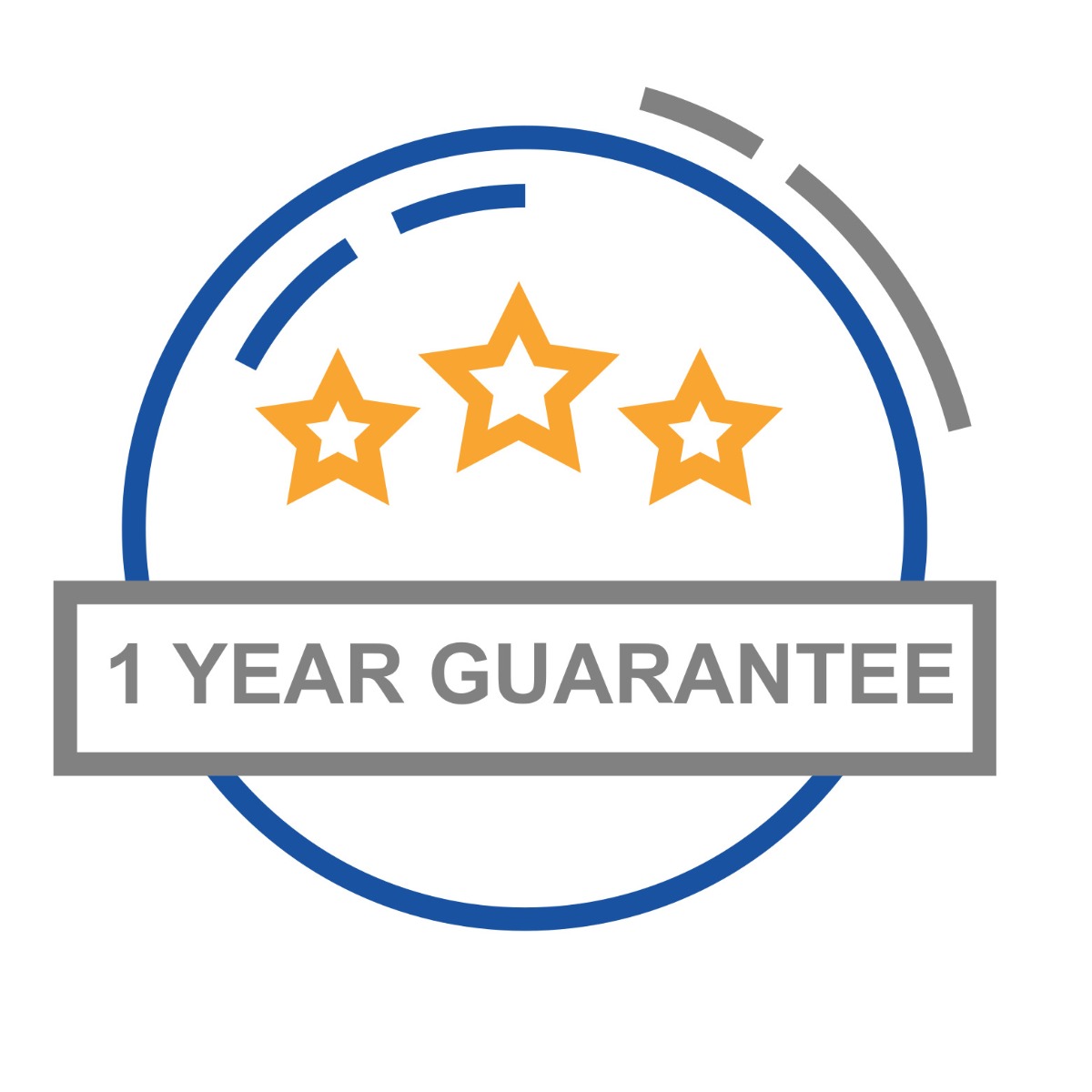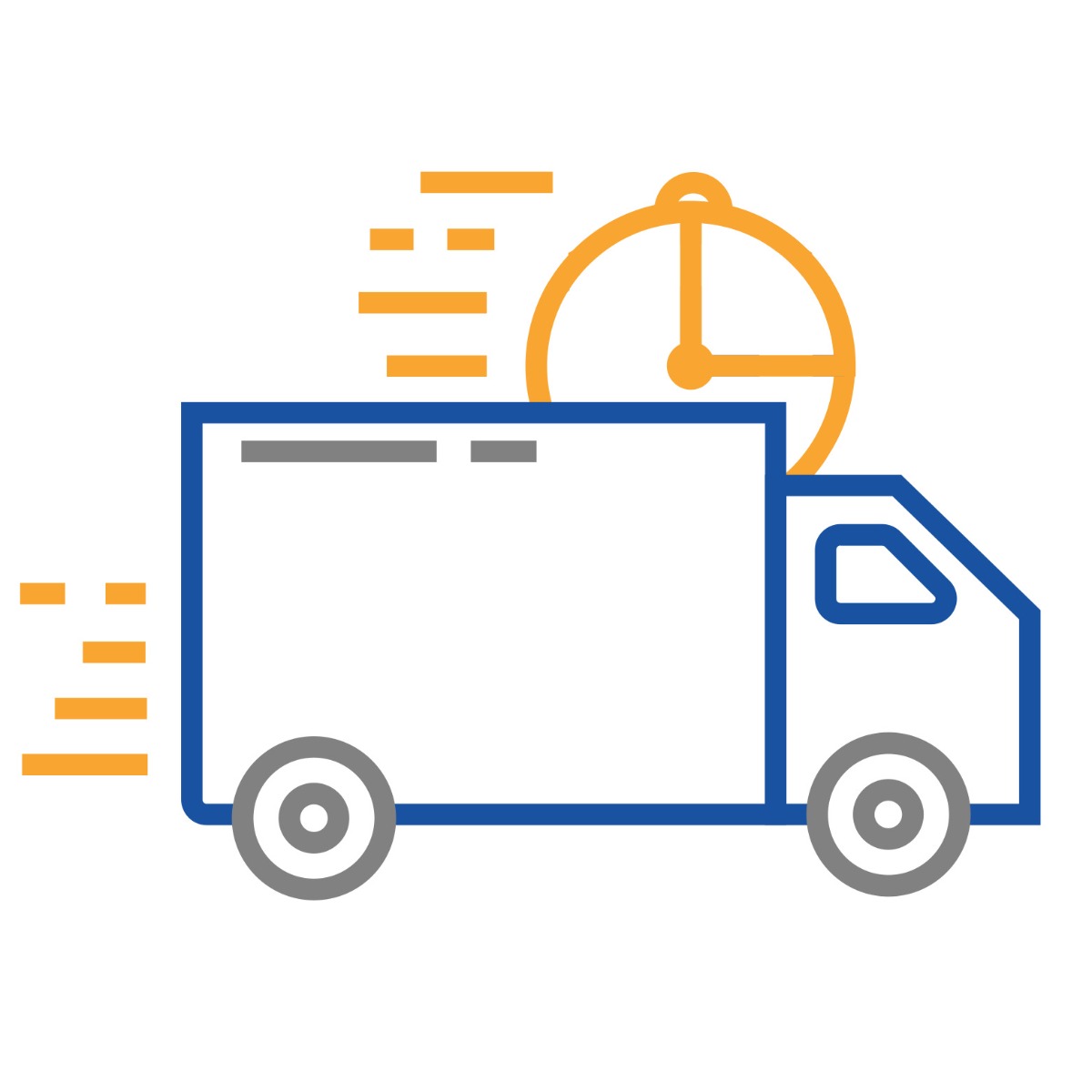How To View Dashcam Footage? Some Important And Helpful Tips
Dashcam, also known as a car camera or driving camera, is a small digital video camera that is made for a very specific purpose. This purpose is to record a view of the road and provide footage of wherever the vehicle travels. Dashcams are not that different from CCTV cameras, just a smaller version of them for vehicles. There are various ways how to view dashcam footage.
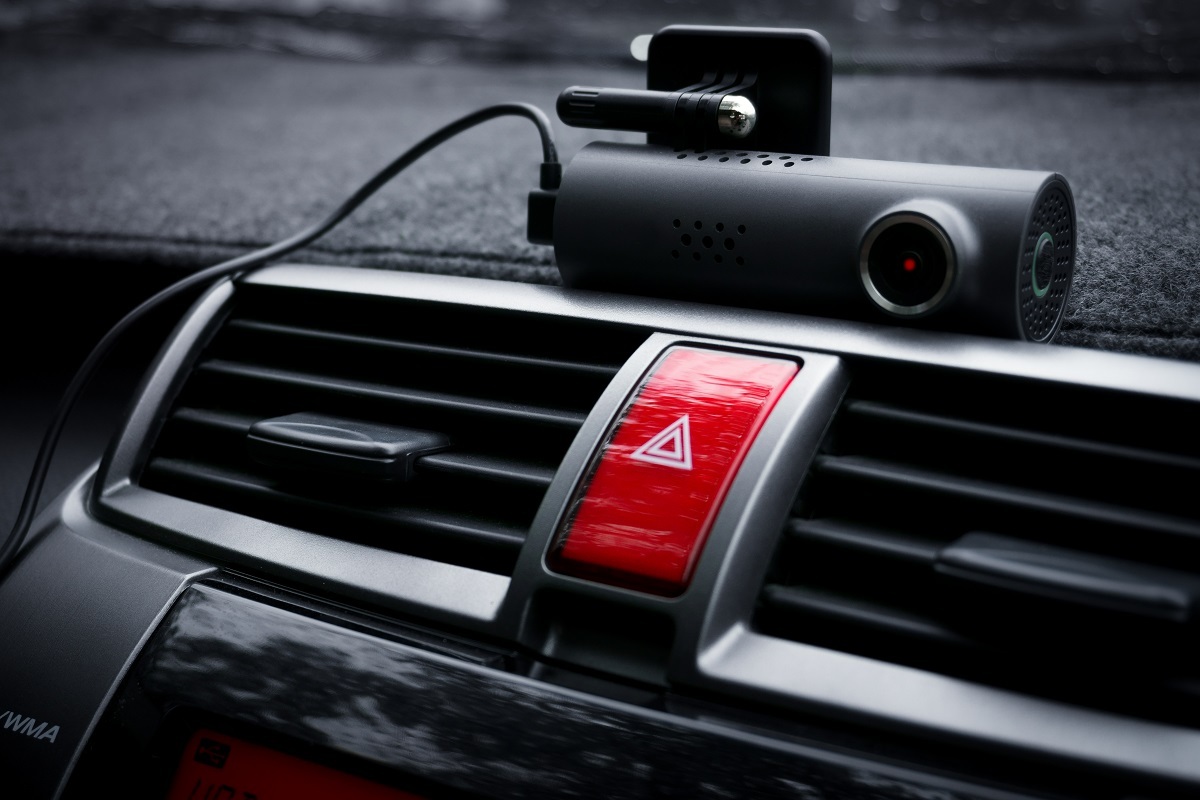
What is dashcam footage?
Dashcam footage is a great way to document any driving experience. The recording can be stored on an SD card, which will loop over older files and not save new ones when it gets full- automatically! It’s easy as pie because you just detach your camera from the windshield mount & plug it into USB or cloud storage options like Dropbox
What are some ways I could use dash cams?
One option would involve uploading all those fun moments captured behind tinted windows that don't make sense without viewing them in sequence (like if someone cuts me off). Another idea might be setting up visually pleasing alerts for certain events - such as low fuel levels during long journeys overseas
A dashcam has become an important tool for travelers looking to record journeys, and also in cases where an objective view is needed for a legal case. It is often used by the police in the US but is being used for other purposes and around the world now. How can you make the most out of your dashcam footage? Here are some Importance and useful tips to achieve this.
File Location and Format/extension
Dashboard cam files are actually quite easy to recognize because they all have a common denominator in terms of the extension and location of their storage. The video recordings from your car's dashboard camera can be found in a folder labeled with a simple. DAT file type. This is usually created in a directory that has been assigned by your car or manufacturer, which normally does not follow a standard path, so it would take some effort to discover its location if you tried to browse through your computer manually. But never mind finding the root directory yourself since using tools such as DashCam Viewer allows you to simply click on the video thumbnail and open it in the software.
Playback on PC
Once you have the video file on your computer, you can play it back using any player that supports the AVI format. However, bear in mind that most players would not allow you to fast-forward or rewind the footage since it is meant to be played continuously. If you want to take a closer look at something, then you can use the zoom function. There are also some free software tools that are specifically designed for dashcam footage such as DashCam Viewer which can be very helpful when trying to analyze specific incidents or trying to find certain details in a video recording.
Playback on Mobile Device
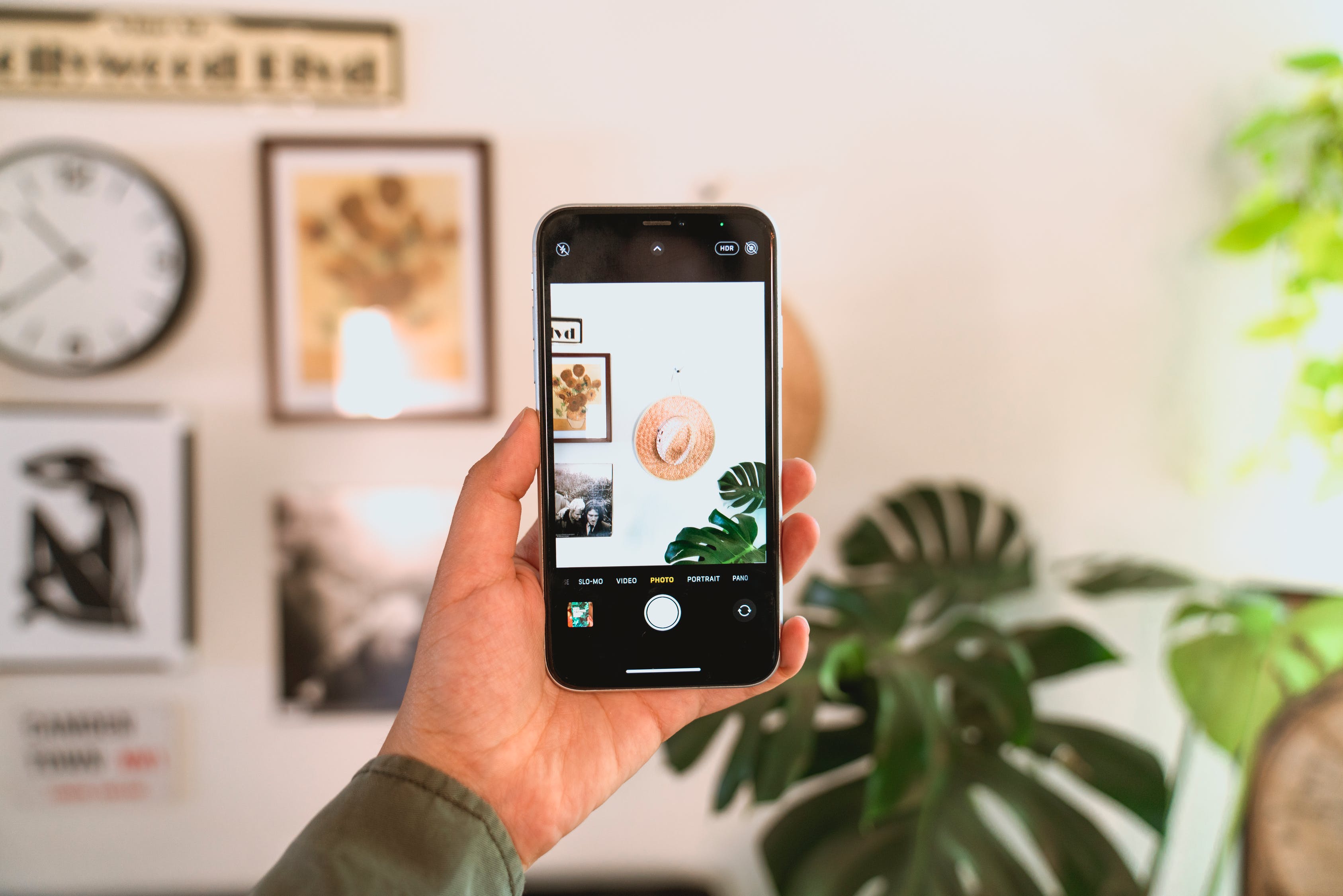
Since there is no shortage of free video players for Android devices, you can find one that supports AVI files and use it to view the footage stored on your computer. Again though, don't expect any advanced functions. You will just have to watch everything from beginning to end, but at least the files are easy enough to share between different devices since they are common video files with no complications.
Subtitles and Captions
There are times when playback may seem choppy or poor quality because of low internet speeds or bandwidth limitations. If this is the case for your videos, then you can enable subtitles so you would know what was being said during certain parts even if it gets cut off midway due to technical reasons. You can also add captions to describe important scenes which might be helpful for people who are watching the video just to get a general idea of what happened.
Video Editing Tools
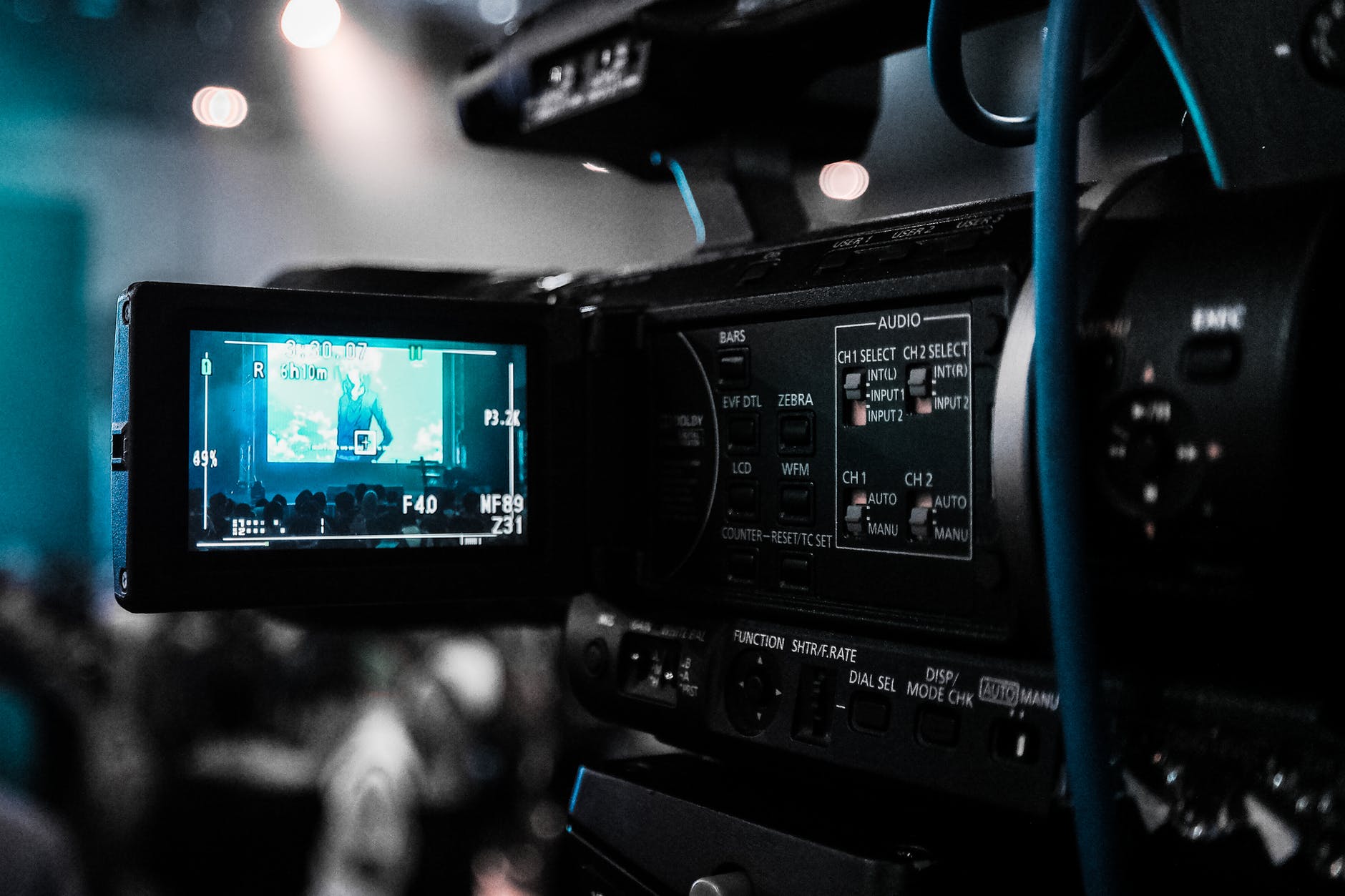
Just like with any other type of file, you can use editing tools to trim your dashcam files so they only contain certain scenes that you want others to see. This way, it will not take much time if someone else wants to look at the footage and it would also allow them access to better-quality footage since unwanted segments would no longer be included. Once again though, editing software depends on whether or not your computer already has one installed or whether you need to download another program in order to do this specific task.
Audio Recording
Some dashboard cameras have the ability to record audio from the inside of your vehicle. This could be helpful if you need to capture a conversation that took place or even what your passengers were saying during certain moments when they felt scared, surprised, or happy. In addition, this feature can also let you record any messages that are broadcasted through the car radio which may turn out to be very beneficial later on.
Video Compression and Optimization
Dashboard cameras usually save videos in a format known as AVI which allows for high resolution and good sound quality at a relatively small file size too. But this may not always be ideal since larger files would require more space when being stored in different devices such as smartphones and tablets where storage space is often limited. Thankfully, there are video compression tools that allow you to reduce the size of your files without sacrificing too much quality. This is especially helpful if you want to store a lot of videos in a small amount of space or send them through email or social media.
Backup and Storage
Since dashcam footage can sometimes be used as evidence in insurance or court cases, it is always a good idea to have multiple copies of your recordings. One way to do this is by saving them on different devices such as USB flash drives, external hard drives, and even cloud storage. By doing this, you will have immediate access to the footage if something happens and you need it right away. Additionally, keeping backups would also lessen the chances of losing all your recordings in the event that something happens to your primary storage device.
Watching Footage on TV
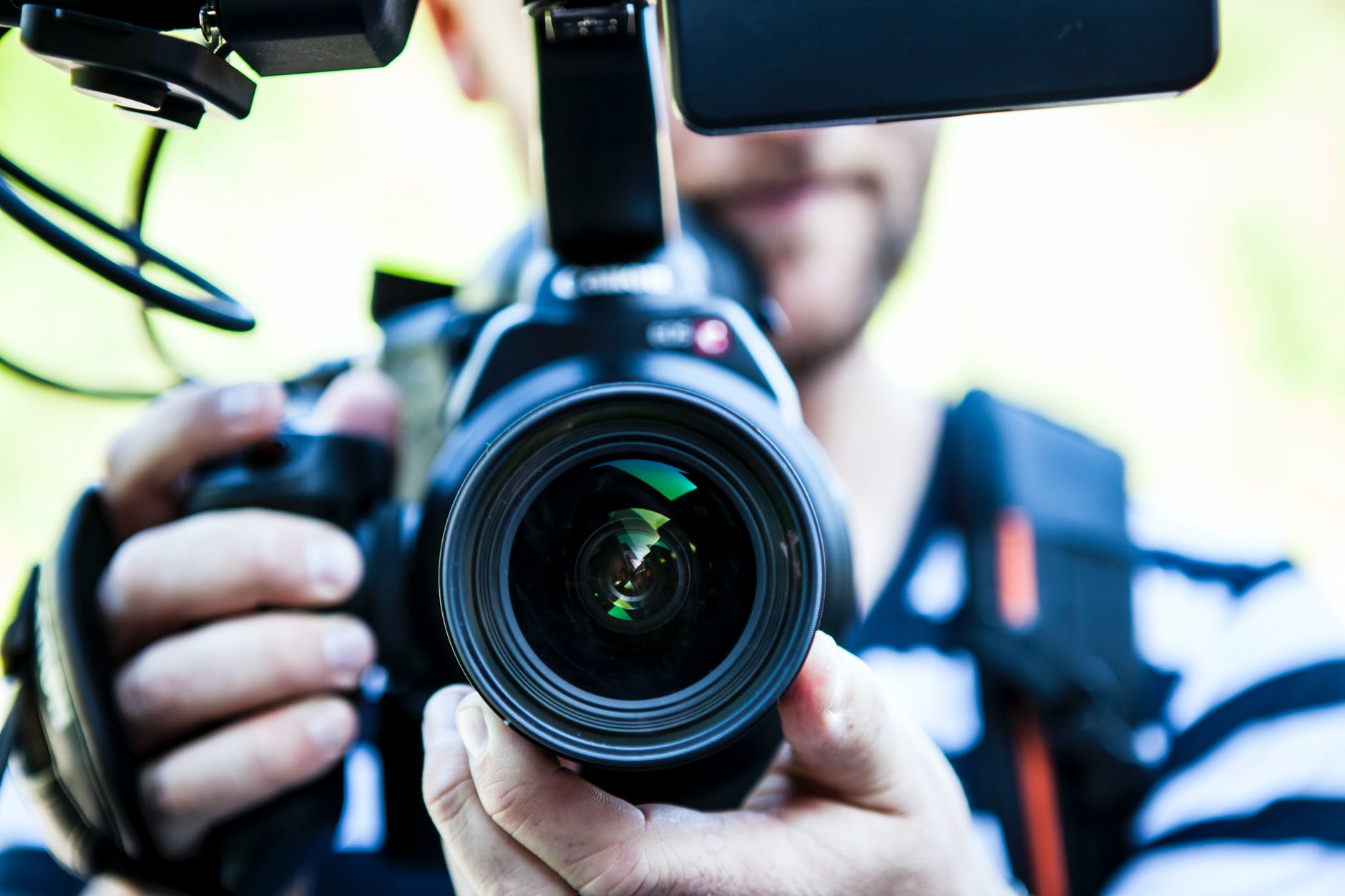
If you want to watch your footage on a bigger screen, you can connect your computer to a television by using an HDMI cable. This would be perfect if you want to show friends or family the videos that you captured while driving and they would be able to see everything in more detail. Just make sure that your computer has an HDMI port first before making any purchase decisions.
How do I Read my Dashcam Footage?
Usually, no one goes through every single video recorded by their dashcam. Only the footage needed is accessed and can easily be viewed when required. There are multiple ways of viewing your dashcam footage.
This might not be the best dashcam footage viewing method, but the most convenient way to see the footage is the on-camera display itself. You can easily access it via the playback menu but it might not be the best way to do it since the screen would be small.
A better approach would be to use your smartphone. Most dashcams come complete with WiFi features, accompanied by an app that can be used to synchronize data to the phone. The app will also have various options that will allow you to select which videos you need, and delete the rest. You can either stream from the dashcam or download important recordings to your phone.
Perhaps the most popular method is viewing through a laptop. This can be done with both internal storage and a memory card. You can either connect the dashcam directly to your laptop via USB cable, or you could use a memory card and connect that in order to transfer videos.
How Long Does a Dash Cam Keep Footage?
By default, a dashcam is able to record up to 6 hours of footage, which makes around 2 GB continuously. You can also change settings so that it breaks footage into segments of 1 to 10 minutes, or even more depending on the requirement. A dashcam starts overwriting footage according to the settings you have specified or if the memory runs out.
A dashcam will keep the footage as far as its capacity will allow. As soon as memory runs out, that is when dashcam will start overwriting data.
How do I Recover a Deleted Dash Cam Footage?
It is absolutely necessary for one to check their dashcam, and dashcam recordings regularly. Simply installing it in your car is not enough - it needs to be taken care of as well. Why is this important? Because you cannot afford to lose any important data due to malfunctioning. Battery issues can often reset dashcam settings. At other times, it is also possible that the memory card might fill up. In this case, your dashcam might overwrite the necessary footage. The card can also be corrupted leading to loss of data.
It should be noted however, that data can almost always be recovered. The software can be used to recover lost and deleted data from your dashcam. In case of overwritten data, it is a good idea to keep a backup function in order to avoid losing something you may need. Data can be recovered even if the SD card itself is damaged or corrupted.
Conclusion:
As you can see, there are multiple ways of viewing footage from your dashcam. Whichever way you choose, it is important to keep in mind that regular checkups are necessary to avoid any data loss. Always have a backup plan in case something happens to your primary storage device. Stay safe on the road!

